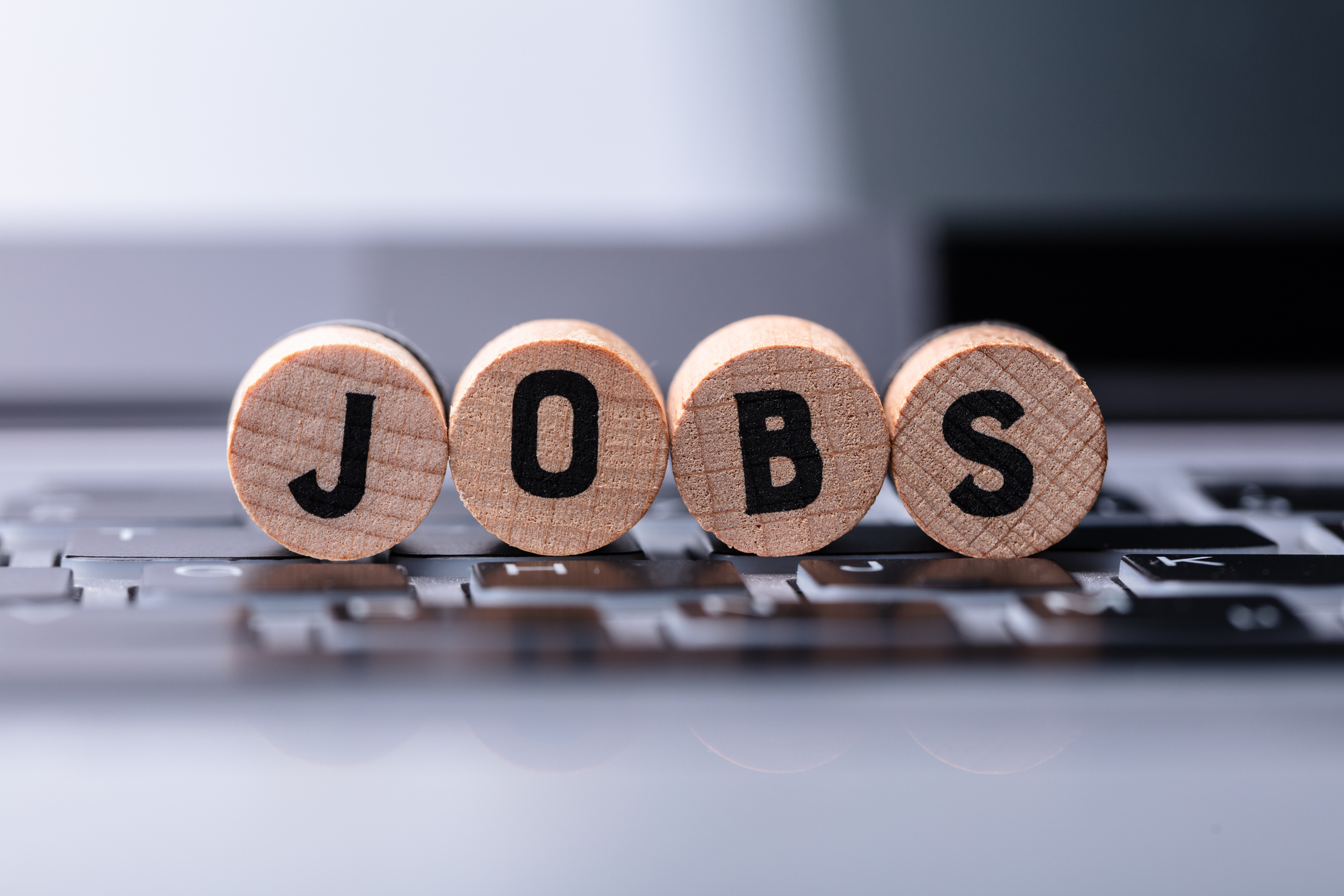It’s Time to Consider Structured Notes for a Portion of Your Portfolio
Trying to generate income while limiting risk in today’s low-interest rate environment is beyond tough. One possibility I’m recommending to my clients is structured notes.


When we build portfolios for our clients, we strive to make complex investment concepts easy to understand. Often, we reference a “Three Bucket” approach to asset allocation.
Investors should have a Safety Bucket for the percentage of their life savings they want to protect. They should also have a Growth Bucket for the percentage of their savings they want to allocate for higher returns (as well as a tolerance for higher loss potential).
Today we want to talk about the final bucket: the Yield Bucket. This is the bucket we use for current income as well as potential growth when traditional growth investments have limited upside.
From just $107.88 $24.99 for Kiplinger Personal Finance
Become a smarter, better informed investor. Subscribe from just $107.88 $24.99, plus get up to 4 Special Issues

Sign up for Kiplinger’s Free Newsletters
Profit and prosper with the best of expert advice on investing, taxes, retirement, personal finance and more - straight to your e-mail.
Profit and prosper with the best of expert advice - straight to your e-mail.
Challenges Generating Income
Our Yield Bucket has become a big challenge, especially considering a 10-year government bond is currently paying barely 1% annually. Interest rates are near zero, and Federal Reserve Chairman Jerome Powell recently announced, “We're not thinking about raising rates, we're not even thinking about thinking about raising rates. It's likely the Fed funds rate would remain at the effective lower bound for at least another five years.” Not only are government bonds near zero, CDs are paying less than 1%. If investors want dividends with an annual payout higher than the current inflation rate, they are going to have to expose themselves to some risk.
Some investors are looking at municipal bonds. However, that sector just became riskier thanks to COVID-19. With most retail and dining opportunities closed or just partially open, cities and states that relied upon sales tax revenue are looking at huge shortfalls. According to the Tax Policy Center, 27 states recently updated their annual budgets, and balance sheets are indicating a more than $200 billion decrease in tax revenues in fiscal year 2020 and 2021 combined. Some of these municipalities are going to struggle to repay monies that were loaned in the form of municipal bonds.
Our firm is not touching muni bonds in today’s potential default risk environment, especially in exchange for the average yield of just 2.2%.
For their Yield Bucket, some investors are using dividend-paying stocks and/or mutual funds. Once again, the global pandemic has decimated that sector as well. A recent Janus study found nearly $220 billion (yes, $220 billion) in dividend cuts in 2020. As of mid-March 2021, the S&P 500 dividend per share was 1.44%. This is the lowest S&P 500 dividend yield in more than 100 years.
If none of these investment tools are going to create a risk-adjusted dividend stream that exceeds the current rate of inflation, what are we going to use for our Yield Bucket?
How Structured Notes Work
Structured notes are a great example of one alternative opportunity. Having been around for decades, the most common version follows an index and pays a “coupon” or dividend rate as long as the index doesn’t drop below a specified value. The investor’s principal is protected by a “buffer.” The note can also be “called” by the issuing bank, at which point the investor keeps all the dividends paid up until the call and then they receive their original investment back.
Here is an example of a recent structured note that we recommended to our clients: This year, we have been rolling out monthly structured notes with specific themes, and one theme was “Takeout Food.” We build our structured notes by hand-picking a small basket of individual stocks (as opposed to following an entire index). The stocks included in this particular note were Starbucks, Domino’s, Chipotle and McDonald’s. Our theory behind this note is that demand for takeout/fast food increased exponentially with COVID-19 lockdowns. We then shop our note to the largest banking institutions on the planet (J.P. Morgan, HSBC, Citibank and Bank of America have underwritten our structured notes).
The parameters of our “Takeout Food” note include the following:
- Three-Year Term: The note matures in 36 months.
- Six-Month Call: The note can be called after six months (investors receive 100% of their original investment).
- 30% Buffer: Investor principal is only at risk on the maturity date and only if one of the stocks has dropped more than 30%. For example, on the maturity date, if one of the stocks is down 37%, then the investor loses 7% of their original investment.
- 12% Coupon: The note pays 12% annually on a monthly basis.
When looking for an investment opportunity for our Yield Bucket we decide if we want a guaranteed investment like a CD paying 1% or if we want an investment with some risks in exchange for a higher reward. The risks involved include default risk where the issuer fails to return the investor’s original principle. If you compare bonds, bond funds and municipal bonds to a structured note you will find one investment with an acceptable risk/reward trade-off. Higher potential yields AND a 30% downside buffer make structured notes a clear favorite.
Due to the call feature, we recommend multiple notes as opposed to one large note. If one note is called you still have others paying their monthly dividends while we look for a new replacement note.
In a world of low interest rates and increased risks, building a Yield Bucket and adding some structured notes is one way to diversify your portfolio AND increase your dividends.
Structured products must be reviewed carefully to understand the terms of the risks associated with the specific Structured Product offered, including that they may not pay interest prior to liquidation and may be structured to pay distributions only at maturity. As with many similar investments, the rate of return is based on the performance of the underlying assets held in the portfolio or the underlying index or underlying commodity backing the Structured Product. If the Structured Product is not designated as being 100% principal protected, FDIC insured or deemed as market-protected, some of your principal may be at risk and the return of principal is only guaranteed to the degree specified in the contract. This may include receiving less than the principal amount of the investment and could result in the loss of your initial investment.
The appearances in Kiplinger were obtained through a PR program. The columnist received assistance from a public relations firm in preparing this piece for submission to Kiplinger.com. Kiplinger was not compensated in any way.
Profit and prosper with the best of Kiplinger's advice on investing, taxes, retirement, personal finance and much more. Delivered daily. Enter your email in the box and click Sign Me Up.

Mike Haffling is president and founder of Verus Capital Management in Chicago. Mike is an Investment Adviser Representative and insurance professional. He has always worked as an independent financial adviser, serving his clients with a comprehensive approach to retirement planning for more than a decade.
-
 Nasdaq Sinks 418 Points as Tech Chills: Stock Market Today
Nasdaq Sinks 418 Points as Tech Chills: Stock Market TodayInvestors, traders and speculators are growing cooler to the AI revolution as winter approaches.
-
 23 Last-Minute Gifts That Still Arrive Before Christmas
23 Last-Minute Gifts That Still Arrive Before ChristmasScrambling to cross those last few names off your list? Here are 23 last-minute gifts that you can still get in time for Christmas.
-
 The Rule of Compounding: Why Time Is an Investor's Best Friend
The Rule of Compounding: Why Time Is an Investor's Best FriendDescribed as both a "miracle" and a "wonder," compound interest is simply a function of time.
-
 Nasdaq Sinks 418 Points as Tech Chills: Stock Market Today
Nasdaq Sinks 418 Points as Tech Chills: Stock Market TodayInvestors, traders and speculators are growing cooler to the AI revolution as winter approaches.
-
 If You're a U.S. Retiree Living in Portugal, Your Tax Plan Needs a Post-NHR Strategy ASAP
If You're a U.S. Retiree Living in Portugal, Your Tax Plan Needs a Post-NHR Strategy ASAPWhen your 10-year Non-Habitual Resident tax break ends, you could see your tax rate soar. Take steps to plan for this change well before the NHR window closes.
-
 Could Target-Date Funds With Built-In Income Guarantees Be the Next Evolution in Retirement Planning?
Could Target-Date Funds With Built-In Income Guarantees Be the Next Evolution in Retirement Planning?With target-date funds falling short on income certainty, retirement plans should integrate guaranteed income solutions. Here is what participants can do.
-
 Stocks Chop as the Unemployment Rate Jumps: Stock Market Today
Stocks Chop as the Unemployment Rate Jumps: Stock Market TodayNovember job growth was stronger than expected, but sharp losses in October and a rising unemployment rate are worrying market participants.
-
 The Delayed November Jobs Report Is Out. Here's What It Means for the Fed and Rate Cuts
The Delayed November Jobs Report Is Out. Here's What It Means for the Fed and Rate CutsThe November jobs report came in higher than expected, although it still shows plenty of signs of weakness in the labor market.
-
 Your Year-End Tax and Estate Planning Review Just Got Urgent
Your Year-End Tax and Estate Planning Review Just Got UrgentChanging tax rules and falling interest rates mean financial planning is more important than ever as 2025 ends. There's still time to make these five key moves.
-
 What Makes This Business So Successful? We Find Out From the Founder's Kids
What Makes This Business So Successful? We Find Out From the Founder's KidsThe children of Morgan Clayton share how their father's wisdom, life experience and caring nature have turned their family business into a respected powerhouse.
-
 Stocks Struggle Ahead of November Jobs Report: Stock Market Today
Stocks Struggle Ahead of November Jobs Report: Stock Market TodayOracle and Broadcom continued to fall, while market participants looked ahead to Tuesday's jobs report.